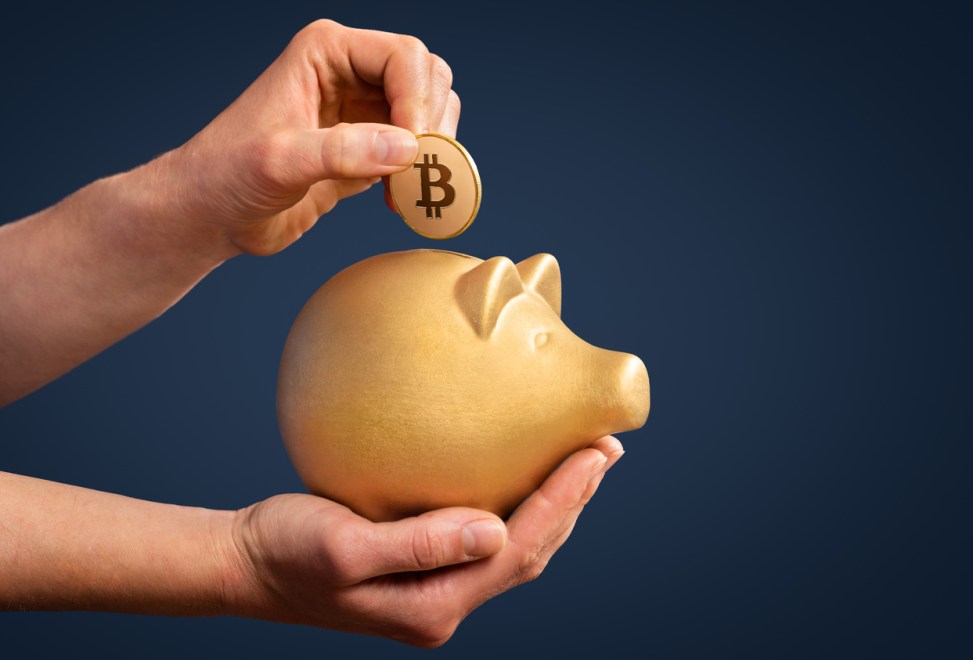The debt ceiling Doomsday is getting closer in the US and could have significant implications for Bitcoin. However, it remains to be seen when this will happen.
The US House of Representatives yesterday approved a bill to raise the debt ceiling. With a narrow majority, the Republican-dominated House of Representatives passed the proposal of its chairman, Kevin McCarthy.
The bill proposes raising the debt ceiling by $1.5 trillion, but only if there are also significant cuts in government spending. Largely because of this, the bill is not expected to have much of a chance in the Democrats-led Senate. Also, President Joe Biden has already signaled his intention to veto the bill.
However, urgency is needed. Doomsday could come as early as “a few weeks,” according to experts. The US Treasury could then no longer be able to pay its bills; a quick resolution is therefore required.
How Will The US Debt Ceiling Issue Affect Bitcoin?
For Bitcoin and the entire crypto market, the discussion about the debt ceiling is particularly interesting from the aspect of liquidity. As is well-known, Bitcoin is also referred to as a “liquidity sponge”. This means that BTC and crypto traditionally rise when there is loose monetary policy from central banks around the world, and fall when liquidity is removed from the financial system.
As macro analyst Ted (@tedtalksmacro) is preaching, global liquidity is a leading indicator of Bitcoin price. According to him, the BTC price rally and the recent surge in global liquidity went in tandem. During the banking crisis, the US Federal Reserve expanded its balance sheet with the Bank Term Funding Program (BTFP).
China’s reboot of the economy after the end of Zero-COVID was driven by means of loose monetary policy. And ultimately, the current debt ceiling crisis has also helped the Bitcoin price rise, as the US Treasury currently has to draw on its cash reserves.
However, in the coming months, this could change quickly due to the US debt ceiling, as Ted recently discussed. This is because US liquidity is made up of the Treasury General Account (TGA), the Fed’s balance sheet, and reverse repo injections.
Because of the debt ceiling, the US Treasury has had to tap the TGA in recent months. When the balance of the TGA falls, the Treasury is said to be adding liquidity. And the consequences have not been small, as Ted describes:
The Treasury has mitigated the negative liquidity impact of the Fed’s QT [Quantitative Tightening] efforts to date –> total liquidity injected via the TGA has outpaced the total liquidity withdrawn by QT. Since the commencement of QT:
QT (balance sheet) = -$644B in liq.
TGA reserves = +$780B in liq.
In other words, without the US Treasury, the Fed’s QT would have already hit markets much harder. “Instead, the TGA has supported a market conducive to higher risk assets (liquidity),” Ted added.
Raising the debt ceiling will mean that the U.S. Treasury will replenish its TGA reserves. This will be rather detrimental to Bitcoin and crypto as the Fed’s QT will no longer be mitigated now. Ted concludes:
If QT draws to a close before TGA reserves are built back up –> sideways/up.
If QT continues and debt ceiling raised –> down/sideways
Ultimately, QT takes a stronger grip on liquidity when the debt ceiling is raised and that points south, unless the Fed winds up QT….
Notably, liquidity from other central banks around the world is also playing a role and could soothe the impact, as Ted noted in a tweet today.
China are ramping up reverse repo liquidity injections again. pic.twitter.com/ytuHTwIREl
— ted (@tedtalksmacro) April 27, 2023
Digital Gold Narrative Grows
In the long run, the monetary policy will return to Quantitative Easing (QE) as the credit crunch leads to an economic crisis. Bitcoin and gold will benefit from this, with both assets already showing increased correlation in recent weeks, as Bitcoinist reported.
Renowned trader Peter Schiff commented on the debt ceiling:
Any deal to raise the #DebtCeiling isn’t good news. It means the U.S. will continue not paying its bills. So the debt will continue to grow and the Fed will continue to create inflation to pay for it. It’s bad news for the U.S. economy, dollar and bonds and good news for gold.
At press time, the BTC price stood at $28,972.
